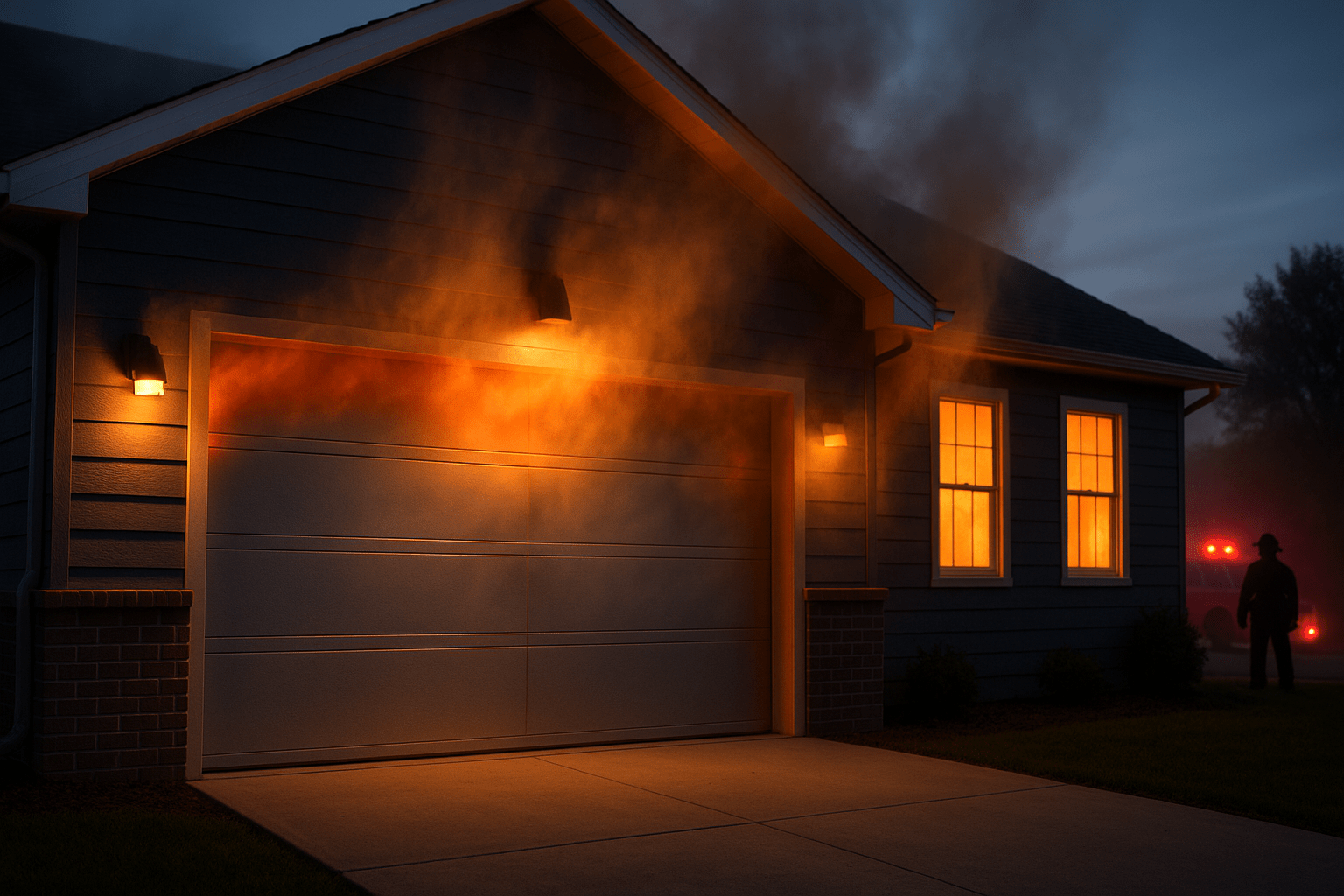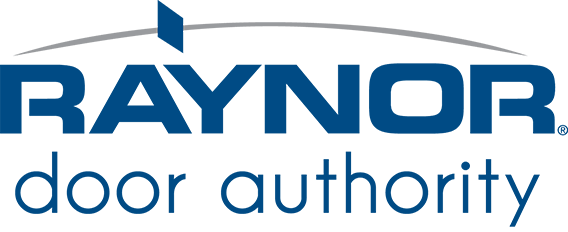
How Your Garage Door Can Prevent House Fires From Spreading
Key Takeaways
1. Fire barrier garage doors act as your home’s first line of defense as they contain fire and smoke long enough to protect occupants and limit structural damage.
2. Fire-rated doors must meet NFPA 80 standards, undergo annual inspections, and maintain precise clearances to perform effectively in an emergency.
3. Raynor Door Authority helps you stay safe and compliant with certified technicians, expert installation, NFPA-80 fire door testing, and maintenance services.
Emergency Operation of Fire-Barrier Garage Doors
Fire barrier garage doors act as critical safety shields in emergencies. Their job is to slow the propagation of fire and smoke, allowing people to evacuate safely and enabling first responders to act with more control.
Here’s how it works:
1. Automatic Activation
In an emergency, nobody should have to think about shutting a heavy door. Fire barrier garage doors are wired to the building’s alarm or smoke detectors, so the moment heat or smoke is detected, the door releases and closes automatically.
This automatic response eliminates the risk of human error and ensures the fire is contained, even if the area is empty.
2. Rated Resistance
These doors are tested under fire conditions to withstand flames and smoke for a specified period, typically 20 to 90 minutes.
That “buffer” is what gives people the chance to get out safely and firefighters the opportunity to step in before the fire spreads further. In many cases, that extra half hour or more can make the difference between a controlled situation and a disaster.
3. Smoke Sealing Capabilities
It’s easy to forget that in many fires, smoke does the most harm. That’s why fire-rated doors come with special seals that swell in the heat or block smoke from slipping through gaps. Fire doors are tested to UL 10C or NFPA-80.
Intumescent edge-sealing systems (often called Category G) and smoke gasketing (Category H) are listed components used with these doors to maintain performance under positive pressure.
When it stops smoke from filling hallways, stairwells, and escape routes, the seals help keep evacuation paths breathable and safe long enough for people to get out.
4. Part of Passive Fire Protection
Buildings are designed with fire-resistant walls to stop flames from moving freely. However, when there’s a large opening, such as a garage door, that protection is compromised unless the opening can be sealed.
Fire barrier doors restore that protection. They become part of the building’s “silent defense system,” stepping in to hold the line when a fire breaks out.
5. Holding Strong Under Pressure
Every part of a fire-barrier garage door carries the load. Frame, tracks, closer, seals, and hinges must work as one, or the barrier fails. Inspections and timely maintenance keep that strength intact. Non-certified parts or skipped repairs look minor, yet in a fire, they can be the reason the door gives way.
At Raynor Door Authority, we install certified components, verify alignment and clearances, test closer action and seal contact, and set travel so the door seats tight.
Why Garages Are a Major Fire Risk
Garages pose a significant fire risk because they combine fuel, heat, and ignition sources in a single space. They store flammable liquids like gasoline, oil, and paint thinners, and are packed with combustible clutter that feeds fire quickly.
These often contain propane tanks or vehicles with hot engines and electrical systems.
Some of the most common causes of garage fire are:
- Electrical Hazards. Many garage fires start with the wiring. Outdated circuits, overloaded power strips, or a forgotten extension cord left under strain can overheat and spark. Because garages often double as workshops, the electrical load can push beyond what the wiring was designed for.
- Too Much Storage. It’s common to stack boxes, papers, or unused furniture in a garage, but all that clutter acts like kindling. Once a flame starts, piles of combustible material help it spread faster than you can react.
- Improper Storage of Flammable Liquids. Gas cans, oils, paints, and cleaning chemicals are almost always found in garages. If they’re left uncapped, kept near a water heater, or stored in flimsy containers, they can ignite quickly when exposed to heat or sparks.
- Propane and Gas Cylinders. Cylinders meant for grills or heaters can be dangerous if they’re not stored upright and sealed. A slow leak is enough to create a highly combustible atmosphere, and in a worst-case scenario, an explosion.
- Vehicle-Related Risks. Cars and motorcycles themselves can be ignition sources. A small fuel drip under a hot engine, faulty batteries, or even overheated exhaust parts can light up nearby rags, boxes, or debris.
- Heating Devices. Space heaters and other temporary heating solutions are a common culprit in colder months. Left running too close to combustibles, they can spark a blaze within minutes.
- Faulty Appliances or Tools. Refrigerators, washers, dryers, or heavy-duty power tools sometimes find a second life in garages. But older appliances or overworked tools can overheat, short out, or spark.
Code Compliance & Safety Benefits of Fire Barrier Garage Doors
Code compliance and safety benefits of fire barrier garage doors include minimizing property damage by acting as a physical barrier, increasing durability compared to standard doors, and potentially reducing insurance premiums.
1. Listed and Labeled Assemblies
A fire door is an assembly, not just a leaf. The door, frame, glazing, vision-panel kits, louvers (if permitted), and hardware must be listed together and installed exactly as specified in the listing and the manufacturer’s instructions.
Labels (on door and frame) must remain visible and legible after installation and any maintenance. If a component is swapped for a non-listed part, the assembly’s rating can be voided. This is one of the most common ways doors fail inspections.
2. Acceptance Testing at Install + Annual Inspections
Two checkpoints are non-negotiable:
- Acceptance testing should be conducted immediately after installation (and after repairs/alterations) to ensure the door closes, latches, and is configured according to the listing.
- Annual inspections by a qualified person to verify operation, labels, gaps, hardware, and signage. Any deficiency must be repaired or the assembly replaced, and written records must be kept for the AHJ.
Fire door inspection and testing are required at least once per year by NFPA 80 and local codes. Raynor Door Authority has qualified technicians who perform safety inspections and drop tests on fire doors and fire shutters per NFPA 80.
Book a Raynor Door Authority inspection. We verify your fire-barrier garage doors and keep them ready with annual reminders and timely service.
3. Documented Testing for Rolling Fire Doors
Rolling steel fire doors have extra proof points. They must be drop-tested each year, by all means of activation, and the results kept on file (commonly three years).
The door must fully close, and NFPA/DASMA guidance addresses acceptable closing speeds and the requirement to test twice (operate, reset, verify). Lack of documentation is a frequent citation.
4. Code-Conforming Clearances
Clearances protect the barrier function and smoke control. Typical limits under the current NFPA 80 editions:
- Head, jambs, meeting stiles: usually ≤ 1/8 in. (3.2 mm), with material/tolerance nuances by edition (e.g., sure 20-minute doors in HM frames may allow ±1/16 in.).
- Bottom/undercut: generally ≤ 3/4 in. (19 mm) above finished floor/threshold; lower where smoke control applies. If bottom gaps exceed limits, only listed door bottoms/threshold solutions can be used to restore compliance.
5. Self- or Automatic-Closing and Positive-Latching
In a fire, the door must close and latch on its own. That means closers and coordinators (on pairs) work, latches engage, and any hold-open device is automatically released on alarm. Wedges, kick-downs, or non-listed magnets are not permitted.
Power-operated doors must release from the operator so they behave as self-closing during an alarm. These functions are verified at acceptance and during annual inspections.
6. Smoke and Draft Control
Where a corridor or smoke partition requires it, the assembly must meet the UL 1784 air-leakage limits of ≤ 3.0 cfm/ft² at 0.10 in. w.g., as tested at both ambient and 400°F temperatures.
Practically, this often means gasketing at head/jambs and meeting stiles to hit the leakage number. Project documents may note “S-label” or “meets UL 1784” for submittals and closeout.
7. Signage and Operational Rules
When required by the fire code official, post permanent signs such as “FIRE DOOR-KEEP CLOSED” (for normally-closed doors) or “FIRE DOOR-DO NOT BLOCK” (for normally-open doors).
The IFC specifies a minimum 1-inch-high lettering and placement on or near the door without covering glazing or interfering with operation. NFPA 80 limits sign size and prohibits fastening methods that damage the door. Keep pathways clear; blocked doors fail both code and function.
Keep Your Garage and Home Safer With Raynor Door Authority
A garage fire can spread faster than most homeowners realize, but the right fire-rated door can stop that threat in its tracks. Modern fire barrier garage doors form a crucial line of defense, protecting your family and property.
That’s where Raynor Door Authority makes a difference. With decades of experience in installing, fire door inspection, and maintaining fire-rated and high-performance garage doors, Raynor helps ensure your home or business stays safe and compliant.
Here’s how Raynor helps:
- NFPA-80 Certified Inspections. Our technicians are qualified to conduct required fire door inspections and drop tests, ensuring your doors function as intended during an emergency.
- Code-Compliant Repairs and Maintenance. Raynor’s team identifies worn components, performs corrective maintenance, and documents everything for your compliance records.
- Trusted Installation Expertise. Raynor’s precision installation ensures every door operates reliably under pressure.
Schedule your annual fire door inspection or consultation with Raynor Door Authority today to keep your garage and property fully protected.





